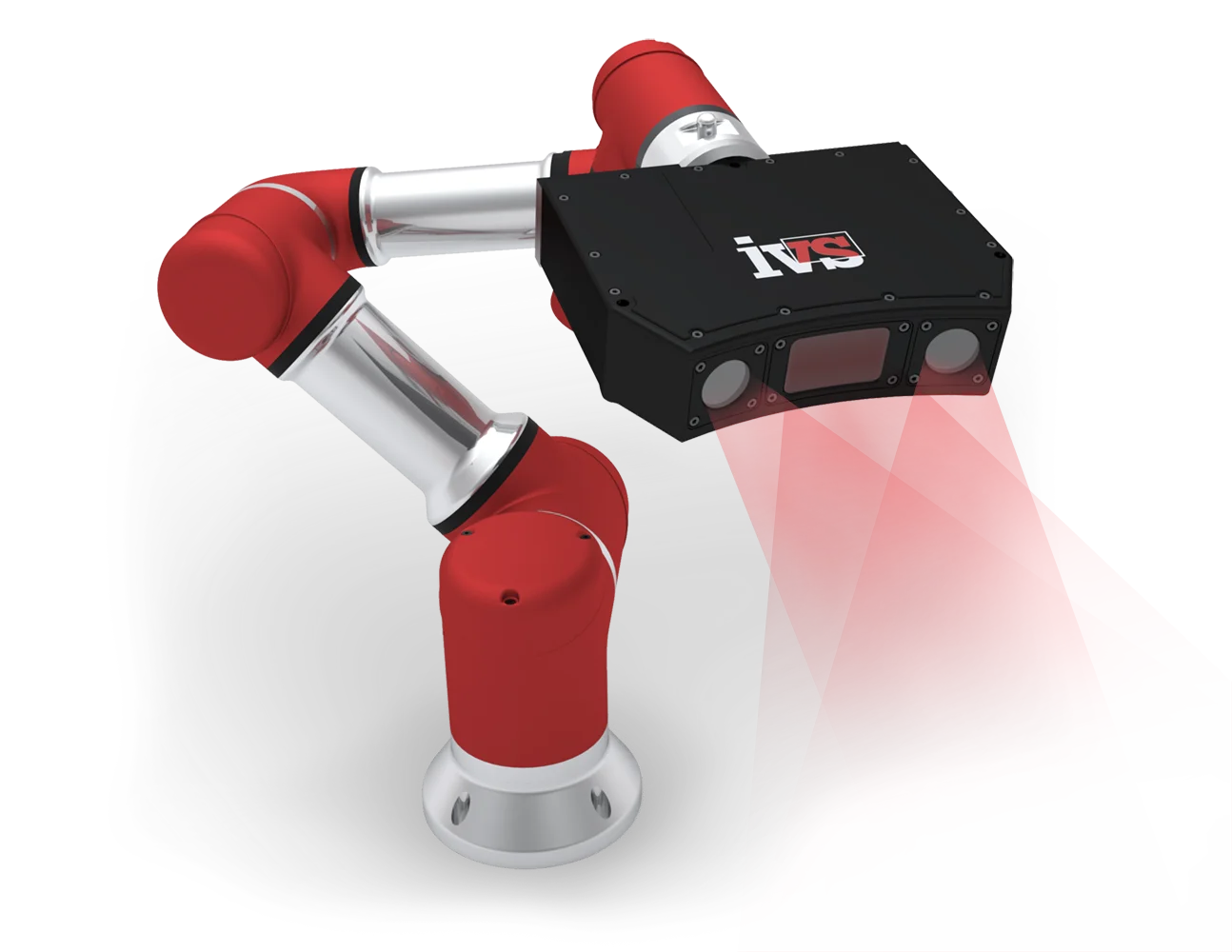Why smart factories rely on robotic vision for success
Wiki Article
Checking out the Duty of an Optical Fibre Diameter Analyser in Ensuring Product Quality
The function of an optical fibre diameter analyser is crucial in preserving product top quality within the telecommunications industry. These devices measure fibre diameter with accuracy, ensuring consistency and performance. Variants in diameter can lead to significant signal loss, influencing communication integrity. As producers go for excellence, understanding the devices behind these analysers ends up being important. What advancements lie in advance in this area, and just how will they form the future of optical fibre manufacturing?Understanding Optical Fibre Diameter Measurement
Measuring the diameter of optical fibres is an important process in assuring the efficiency and dependability of fibre optic systems. Precise measurement is vital, as variants in diameter can substantially influence signal transmission and general system efficiency. The measurement process usually uses innovative tools and techniques, such as laser micrometers or optical fibre diameter analysers, which provide precise, real-time data.These devices can assess fibres' sizes with extreme accuracy, frequently down to micrometre degrees. This precision assists identify prospective defects or disparities in the production process. In addition, understanding the diameter measurement includes identifying the importance of factors such as temperature level, stress, and material residential properties, which can affect the final dimensions. By preserving rigorous measurement protocols, makers can ensure that the optical fibres meet sector standards and requirements, ultimately adding to the longevity and effectiveness of fibre optic networks.The Significance of Consistency in Optical Fibre Production
Consistency in optical fibre manufacturing is essential for making certain precision in making processes. Variants in diameter can considerably impact performance metrics, impacting the total quality and dependability of the fibre. Consequently, standardization and high quality control procedures are vital to preserve uniformity and improve item performance.Precision in Manufacturing Processes

Impact on Performance Metrics
Making sure uniformity in optical fibre diameter significantly affects performance metrics throughout various applications. Constant diameter results in perfect light transmission, reducing signal loss and enhancing total effectiveness. When fibres preserve a conventional dimension, the possibility of flaws decreases, improving integrity in telecoms and information transfer (fibre testing equipment). In addition, uniform sizes assist in less complicated assimilation right into existing systems, lessening compatibility concerns. Variations in diameter can trigger variations in attenuation and dispersion, negatively affecting efficiency. By employing an optical fibre diameter analyser, makers can very closely monitor and readjust manufacturing procedures, promoting a higher level of uniformity. This uniformity not just enhances the high quality of the end product yet also reinforces customer complete satisfaction, proving essential for maintaining affordable benefit in the optical fibre marketStandardization and Quality Assurance

Exactly How Optical Fibre Diameter Analysers Work
Optical fibre diameter analysers operate via a combination of light transmission and innovative measurement techniques to precisely evaluate the diameter of optical fibres. These devices utilize a laser or LED source of light that emits a beam directed at the fibre on trial. As light communicates with the fibre, it is refracted and scattered, enabling accurate measurements.The analyser catches the light making use of a high-resolution cam or photodetector, which transforms the optical signals into electric signals. Advanced algorithms after that process these signals, determining the diameter based upon the strength and distribution of the light.The system normally consists of calibration attributes to ensure precision, utilizing recognized requirements to verify measurements. By constantly checking the fibre diameter, these analysers help keep conformity with market criteria and specifications, ensuring constant product top quality. Boosted automation in contemporary analysers better improves the process, helping with real-time evaluation for suppliers.Influence On Signal Honesty and Communication Reliability
A consistent and precise optical fibre diameter is essential for maintaining signal integrity and interaction reliability in fibre optic networks. Variants in diameter can bring about enhanced light loss, leading to abject signal high quality and reduced transmission distances. When fibres are not consistent, issues such as modal dispersion and depletion may develop, which can distort the data being transferred and lead to errors in communication.Furthermore, abnormalities in fibre diameter can affect the efficiency of adapters and splicing, bring about more signal deterioration. This inconsistency can endanger the overall integrity of network systems, affecting everything from internet speed to telecommunication quality.Enhancing Production Effectiveness With Advanced Technology
Preserving consistent fibre diameter is necessary for assuring reliable interaction systems. Advanced technology, specifically the optical fibre diameter analyser, plays a critical function in improving producing efficiency. By giving real-time dimensions and exact data concerning fibre sizes, this technology permits producers to rapidly determine discrepancies from called for requirements. Consequently, production processes can be adjusted promptly, lowering waste and lessening downtime.The combination of automated systems enhances quality assurance, enabling regular surveillance throughout the manufacturing procedure. This not only accelerates manufacturing but additionally improves general product quality, bring about fewer flaws. Additionally, advanced analytics allow makers to maximize their processes based on empirical data, promoting continual enhancement. Consequently, the optical fibre diameter analyser contributes significantly to reducing operational expenses and enhancing throughput, eventually cultivating an extra competitive edge on the market. By accepting these advancements, makers can ensure their products meet the greatest criteria of top quality and reliability.Future Patterns in Optical Fibre Quality Assurance
As the optical fibre industry progresses, future fads in quality control will prominently feature developments in measurement modern technology. These advancements will certainly enable extra specific analyses of fibre diameter, improving general item integrity. Furthermore, the combination of computerized high quality control systems promises to streamline processes and boost uniformity in production.Breakthroughs in Dimension Technology
With the consistent development of optical fibre optical measurement system modern technology, the need for precise measurement tools is more critical than ever before. Recent advancements in measurement innovation have led to the growth of advanced optical fibre diameter analysers that use high-resolution imaging and laser-based strategies. These developments enable producers to accomplish better precision and repeatability in diameter measurements, necessary for maintaining stringent quality requirements. Additionally, the combination of expert system and artificial intelligence formulas enhances information evaluation, allowing for real-time changes during manufacturing processes. As the industry embraces these technical advancements, they guarantee to enhance efficiency, decrease waste, and ensure the dependability of optical fibres in various applications, ultimately supporting the expanding need for high-performance communications framework.
Automated High Quality Control Systems
While the optical fibre industry remains to breakthrough, the execution of automatic quality assurance systems is positioned to reinvent quality control procedures. These systems utilize advanced algorithms and real-time information analysis to check fibre diameter and various other vital parameters with unequaled accuracy. By incorporating optical fibre diameter analysers with automated systems, manufacturers can find deviations from specifications promptly, decreasing the risk of issues. Furthermore, automation minimizes human mistake, improves uniformity, and speeds up production timelines. As industries increasingly embrace Market 4.0 principles, the duty of automatic top quality control systems will certainly increase, facilitating a smooth link between manufacturing and quality control. This shift not only assures higher product top quality but likewise fosters innovation and performance throughout the production procedure.Regularly Asked Inquiries
What Elements Impact the Optical Fibre Diameter Dimension Precision?
Elements affecting optical fibre diameter measurement precision include environmental conditions, calibration of measurement devices, driver technique, the level of sensitivity of the measuring tool, and the physical residential properties of the fibre itself, such as product make-up and surface area abnormalities. (optical measurement system)Exactly How Commonly Should Optical Fibre Diameter Analysers Be Adjusted?
Calibration frequency for optical fibre diameter analysers generally relies on usage strength and supplier referrals. Normal checks, often regular monthly or quarterly, assurance measurement accuracy and reliability, therefore maintaining the integrity of the manufacturing procedure.Can Environmental Conditions Impact Measurement Outcomes?
Ecological conditions can significantly affect measurement outcomes. Variables such as temperature, humidity, and air pressure may influence the efficiency of measurement tools, potentially leading to errors in the results gotten from optical fibre diameter evaluation.What Are the Typical Types of Optical Fibre Diameter Analysers?

How Do I Choose the Right Analyser for My Production Requirements?
Selecting the ideal analyser entails assessing manufacturing demands, consisting of fibre kind, diameter array, and measurement accuracy. In addition, taking a look at the analyser's calibration, compatibility with existing tools, and interface can greatly influence the decision-making procedure.Report this wiki page